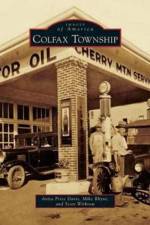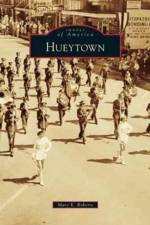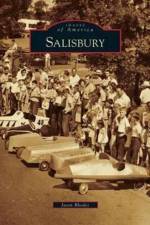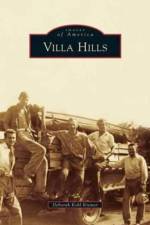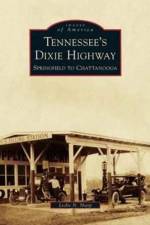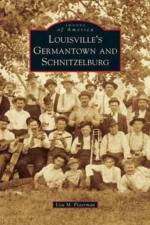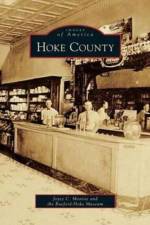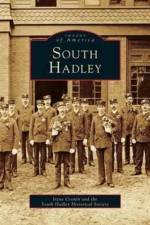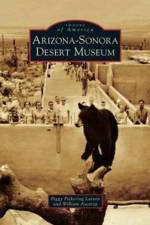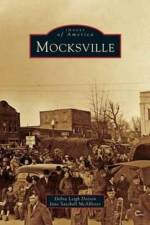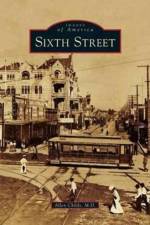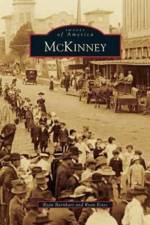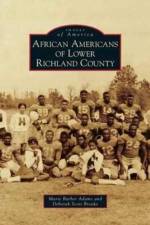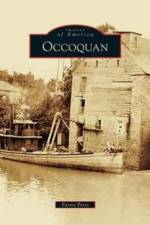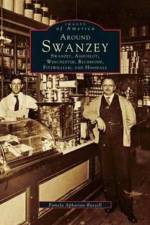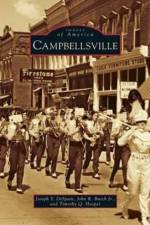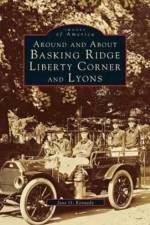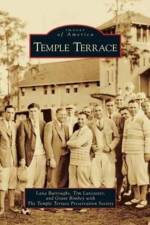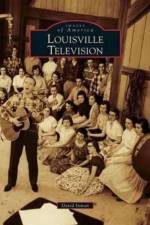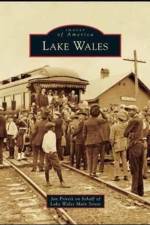von Mary K (Instructor Critical Care & Trauma Nurse Internship Parkland Memorial Hospital Dallas TX) Roberts
30,00 €
The City of Hueytown was incorporated on May 6, 1960. Since then, city officials, past and present, have provided excellent laws and codes that offer a well-designed city for its citizens. Native Americans were the first to settle along Valley Creek, while the following prominent names helped develop and establish the area: the Huey, Waldrop, Salter, Knight, Dabbs, Parsons, Vines, Crooks, and Robertson families. The Woodward Iron Company was the first major employer, and the Tennessee Coal and Iron Company, later called United Steel Company, also provided jobs and security for many citizens. A group of famous NASCAR race car drivers from Hueytown, "The Alabama Gang," helped create an interest in racing. In addition, Hueytown has had many devoted educators who staffed the area's schools and encouraged students to strive for the best.

